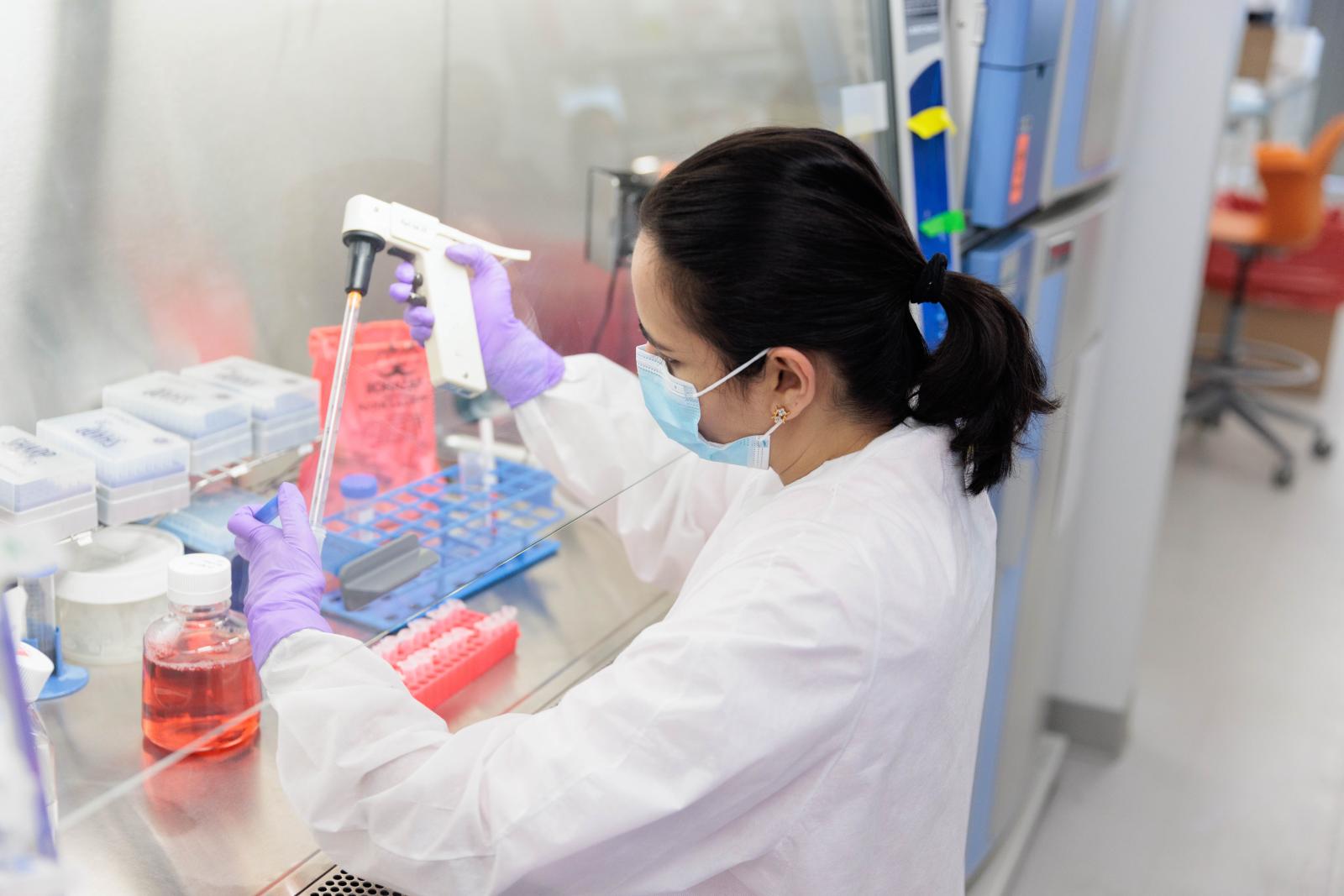Biosafety Cabinets
Biosafety Cabinets Overview
Biosafety Cabinets (BSCs) are considered one of the most important engineering controls used in a biological laboratory to prevent exposure to or contamination by biohazardous agents. BSCs should be used whenever there is a risk of splash or aerosol formation from biohazardous or potentially biohazardous materials.
BSCs use laminar airflow and high-efficiency particulate air (HEPA) filtration to contain aerosols where work is being performed such that the majority of biohazardous aerosols generated inside the BSC remain in containment while the majority of external laboratory aerosols remain outside of containment.
BSCs are designed to:
- Protect the operator from biohazardous agents used inside the cabinet
- Protect the sample from contamination
- Provide protection for the laboratory environment from contaminants within the cabinet
Biosafety Cabinet Classes and Types
BSCs are divided into three classes (I, II, III) with class II being subdivided into five types (A1, A2, B1, B2, C1). They have been developed to offer protection for varying research and clinical needs.
- The Class I BSC is suitable for work involving low-to-moderate risk agents where there is a need for containment, but not for product protection. It provides protection to personnel and the environment from contaminants within the cabinet but does not protect the work within the cabinet from “dirty” room air. The airflow in a Class I BSC is similar to the flow inside a chemical fume hood, but it has a HEPA filter in the exhaust system to protect the environment. These BSCs are mostly used to enclose lab equipment such as centrifuges or for procedures that may generate aerosols such as tissue homogenization.
- The Class II BSC protects the material being manipulated inside the cabinet (e.g., cell cultures) from external contamination. It meets requirements to protect personnel, the environment, and the product. The two basic types of Class II BSCs are Type A and Type B. The major differences between the two types may be found in the percent of the air that is exhausted or recirculated and the manner in which exhaust air is removed from the work area. Most of the BSCs you will find at GWU are Class IIA
- The gas-tight Class III BSC, or glove box, provides the highest attainable level of protection to personnel, the environment, and the product. It is the only unit that provides a total physical barrier between the product and personnel. It is used with high-risk biological agents and when absolute containment of highly infectious or hazardous material is required.
BSCs are different from chemical fume hoods and horizontal or vertical laminar flow "clean benches."
Chemical Fume Hoods: Look similar to biosafety cabinets but are not equipped with HEPA filters. They are designed solely to protect workers from exposure to chemicals and noxious gases. Do not use them for work with biohazardous materials.
Laminar Flow Benches (LFBs): Provide an aseptic environment for experimental work by passing HEPA-filtered air across the work surface. It is important to note that horizontal laminar flow benches must not be utilized for work with biohazardous, toxic, or chemical hazardous agents. These units provide product protection by ensuring the product is exposed only to HEPA-filtered air. They do not provide protection to personnel or the ambient environment.
Definitions
Aerosol-producing Activities: May include, without limitation, opening containers with non-ambient pressures; intranasal inoculation of animals; harvesting infected tissues/fluids, or embryonated eggs; transfer operations; necropsy of infected animals; changing animal cage bedding and operating aerosol-producing equipment.
Aerosol-producing Equipment: May include, without limitation, vortexes, blenders, sonicators, centrifuges, grinders, vigorous shakers, and mixers. However, equipment (e.g. sealed rotors, buckets or centrifuge safety cups) that is designed to contain aerosols do not have to be operated in a BSC, provided that the containers (e.g. rotors or centrifuge safety cups) are opened only in a BSC.
Primary Containment: The engineering control which prevents the release of potentially infectious material into the laboratory or outside the environment.
References
Biosafety in Microbiological and Biomedical Laboratories (BMBL) 6th Edition




